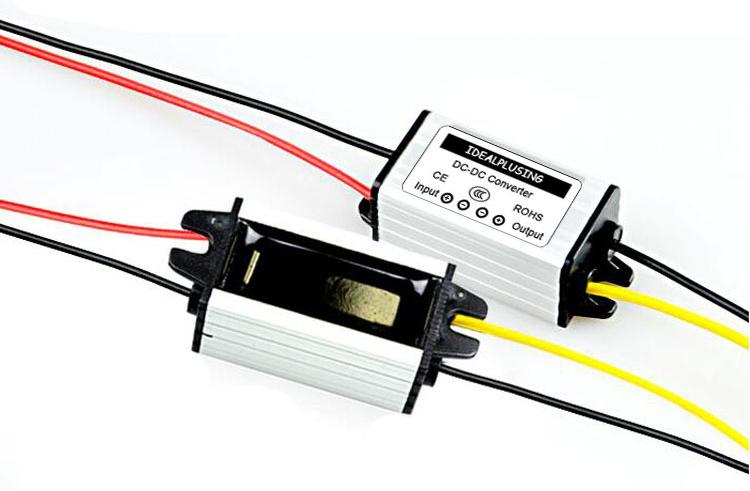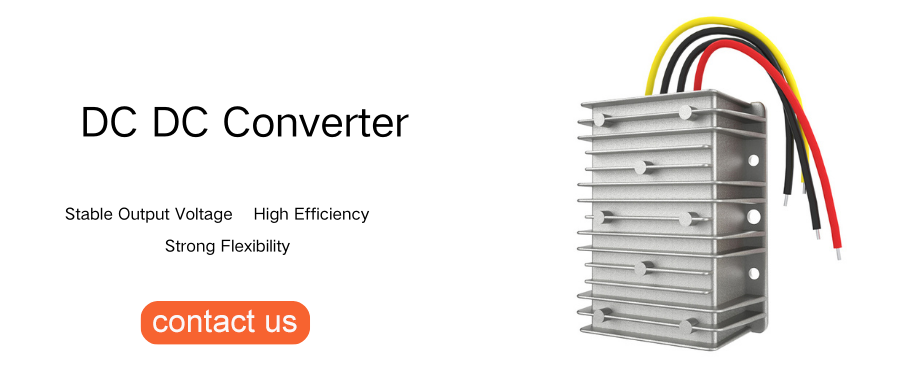As the name implies, DC-DC converters are mainly used to convert electrical energy between different voltage levels to achieve energy transfer and regulation between batteries and systems. Its working principle mainly relies on power electronics technology and switch control strategies. By periodically controlling the on and off of the switch tube, voltage conversion and voltage stabilization functions are achieved.
The role of DC-DC
In energy storage products, DC-DC usually plays two roles. One is voltage conversion, which converts the DC power supply voltage to another required DC voltage level. It can perform boost, buck, or bidirectional conversion between different voltage levels. This gives DC-DC several different types, such as Boost converters, which convert lower input voltages to higher output voltages; Buck converters, which convert higher input voltages to lower output voltages; Buck-Boost converters, which can achieve boost or buck functions; Sepic converters, which allow input voltages to be higher, lower, or equal to the output voltage.
How it works
In terms of working principle, when the product is in the charging process, DC-DC can convert the voltage from the external power supply into a voltage suitable for battery charging. During the discharge process, it can adjust the output voltage of the battery to the voltage level required by the load. At the same time, the output voltage remains stable even if the input voltage or load conditions change. Of course, DC-DC needs to face some design challenges in energy storage, such as efficiency, size, reliability and adaptability. For example, in order to maximize the energy efficiency of the energy storage system, DC-DC needs to reduce energy loss as much as possible. This includes switching loss, conduction loss and loss of magnetic components.
Energy storage system fluctuations
The energy storage system may encounter the situation that the battery pack voltage fluctuates during the charging and discharging process, which requires DC-DC to be able to work normally within a wider input voltage range. In the case of rapid load changes, DC-DC needs to be able to quickly adjust the output voltage to maintain stable power supply. Some efficient DC-DCs usually use complex control algorithms, such as multi-mode control, soft switching technology, etc., to optimize performance. And with the development of IoT, DC-DC also needs to have an intelligent communication interface for remote monitoring and management. And the switch mode power supply (SMPS) is prone to electromagnetic interference (EMI), so measures need to be taken to reduce radiation and conducted noise to ensure coexistence with other electronic devices.

How to better apply DC-DC in energy storage
Among energy storage products, DC-DC is mainly reflected in the effective management of DC power. Therefore, DC-DC itself needs to meet some requirements, such as high efficiency, high power density, products with thermal management, control strategies and protection functions. It also has two-way conversion, modular design, etc. And in actual applications, the most appropriate DC-DC type and technical specifications are selected according to specific energy storage application scenarios (for example, grid energy storage, electric vehicles, renewable energy power generation systems, etc.). China's DC-DC chip technology has made significant progress in recent years, especially in the fields of power management and automotive electronics. With the country's strong support for the semiconductor industry and the growth of market demand, more and more Chinese manufacturers have begun to emerge and show strong competitiveness in certain segments. Some domestic DC-DC chip manufacturers have made breakthroughs in multiple key technology areas, such as high efficiency, high frequency, low noise, and high integration. Some enterprise products have even entered the international mainstream mobile phone platform reference design.
At present, China's DC-DC industry still faces some challenges, such as low high-end market share and reliance on imports of key raw materials and technologies. However, with the increase in R&D investment and the deepening of technology accumulation, China's DC-DC industry is gradually maturing and is expected to make breakthroughs in more fields in the future and even create brilliance in the field of energy storage.
Summary
For energy storage, whether it is a home energy storage system or a large-scale grid energy storage project, DC-DC plays a core role. It not only helps to smooth the volatility of renewable energy generation, but also can accurately regulate the release of energy when necessary, ensure the continuity and stability of power supply, and ultimately achieve a more efficient and green way of energy utilization.







